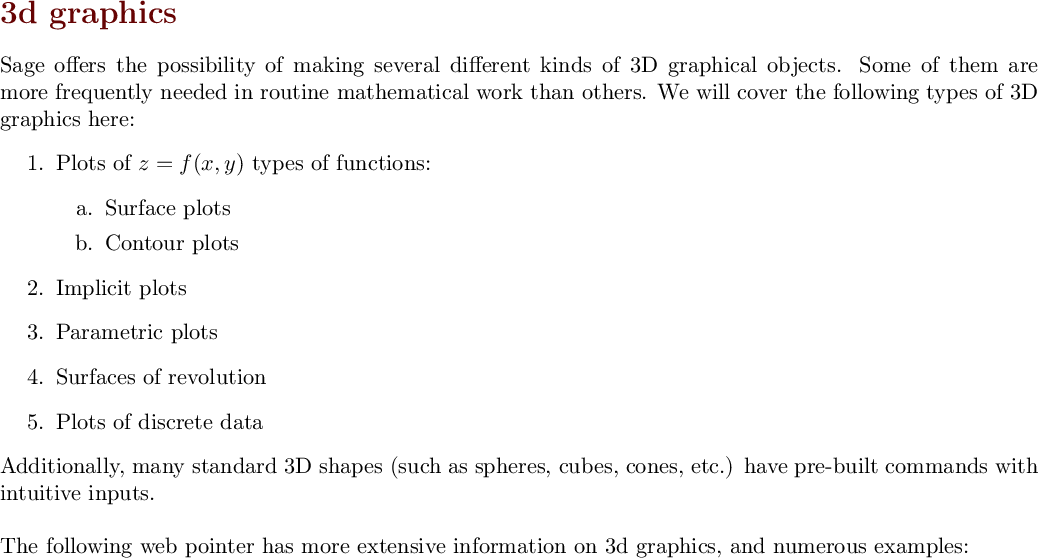

3D rendering not yet implemented
You can click and rotate the image to view it from different angles



3D rendering not yet implemented

3D rendering not yet implemented

3D rendering not yet implemented



3D rendering not yet implemented
3D rendering not yet implemented
3D rendering not yet implemented

3D rendering not yet implemented
3D rendering not yet implemented

3D rendering not yet implemented

3D rendering not yet implemented

3D rendering not yet implemented
3D rendering not yet implemented
Volume = 518.314223

3D rendering not yet implemented
3D rendering not yet implemented
3D rendering not yet implemented
3D rendering not yet implemented